Inokashira Park: 10 Ways to Enjoy Tokyo’s Oasis Year-Round
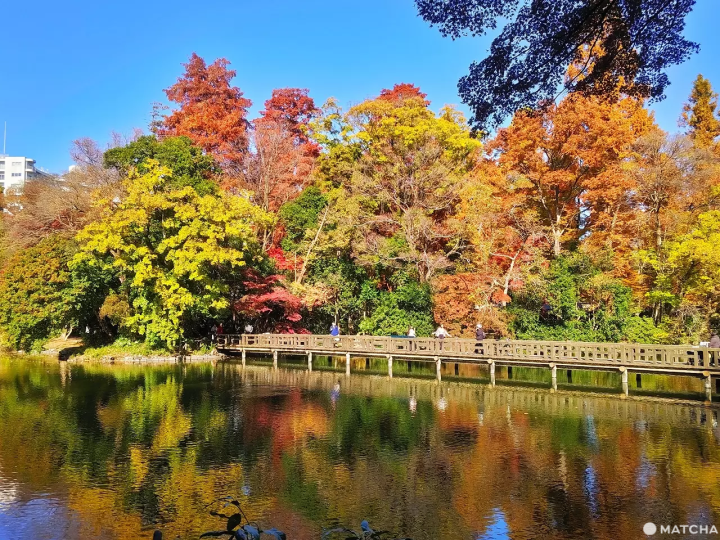
Inokashira Park is a natural oasis in Tokyo's suburbs bridging Kichijoji and Mitaka. Best known as a cherry blossom viewing spot, Inokashira Park is fun to explore in any season. Visit to enjoy paddle boat rides, family-friendly cultural centers, and more!
Inokashira Park: Tokyo’s Suburban Daytrip Destination
Straddling the cities of Musashino and Mitaka in western Tokyo, Inokashira Park features paths, sports facilities, a zoo, and a temple. The park can be accessed in about 5 minutes on foot from Kichijoji Station and has become a landmark of Tokyo's vibrant Kichijoji district.
Read on to learn ways to enjoy your time at Inokashira Park and what you shouldn't miss out on, including some of the excellent cafes and dining places nearby.
Inokashira Park Guide
Inokashira Park: Features, History, and Seasonal Highlights
Ways to Enjoy Inokashira Park
1. Explore in Nature
2. Take a Boat Ride
3. Join Seasonal Celebrations
4. Visit the Ghibli Museum
5. Visit Inokashira Benzaiten Temple
6. Visit Inokashira Park Zoo
7. Shopping near Inokashira Park
8. Play Some Sports
9. Dining around Inokashira Park
10. Attend Events
Access: How to Get to Inokashira Park
Read also
Inokashira Park: Features, History, and Seasonal Highlights

Photo by Pixta
Inokashira Park spans nearly 100 acres of land and is connected to the Tama and Kanda Rivers. Its pond serves as the base of the Kanda River, which helped the growth of Edo (Tokyo's name in the Edo period) during its early days by providing water to the city’s canals.
Inokashira Pond, which was depicted in Hiroshige Utagawa’s « One Hundred Famous Views of Edo », was famous for its scenic beauty since the Edo period, as well as the water source of Edo.
In the Meiji period, Inokashira Park became an imperial forest. In 1913, the city of Tokyo drew up the « Inokashira Park Establishment Plan » and was granted the imperial forest land. Thus, the official name is Inokashira Onshi Park. « Onshi » means « a gift from the Imperial family ». Inokashira Park opened on May 1, 1917, as Japan’s first Onshi Park and the first suburban park.
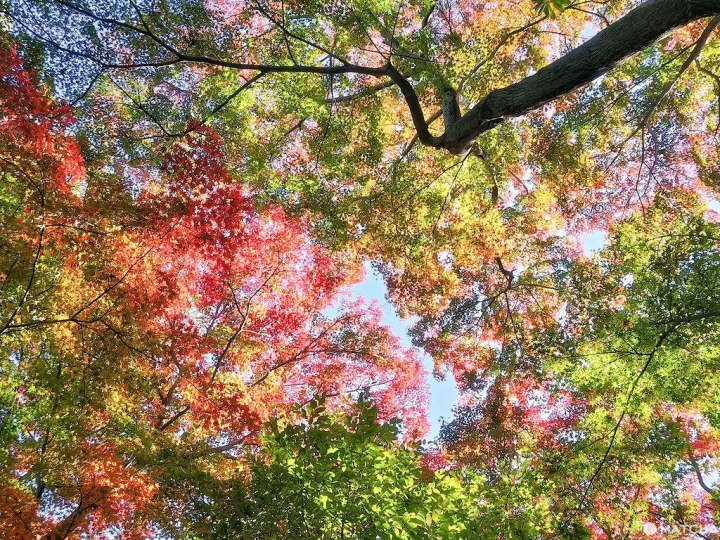
Thanks to modern infrastructure, Inokashira Park is now mainly a leisure area, hosting seasonal events in addition to its permanent facilities. During cherry blossom season, Inokashira floods with visitors who come to watch the pink-cast pond and paddle on duck boats. In the fall, the park’s Japanese maples flush to burning red and gold, perfect for a brisk stroll.
A wide variety of shops, including vintage clothing stores, restaurants, and cafes, surround the park. There are coffee shops onsite, public facilities, plenty of benches, and even pet-friendly areas.
Thanks to its brilliant scenery and all-ages appeal, the park is active from early morning well into the evening. Read on to learn 10 ways to enjoy your time in Inokashira Park.
1. Explore in Nature

Inokashira Park is crisscrossed by trails, bike paths, and bridges. Wide paved spaces near the road make it easy for visitors to enjoy rental bikes, but just 100 meters beyond the street is a network of nature paths populated by birds, runners, and strollers.
The park loop trail is about 3.5 kilometers long and takes just under an hour to complete. During January and February, visitors can enjoy the crunch of ice in silence, while loamy but well-traveled paths cushion summer footsteps.
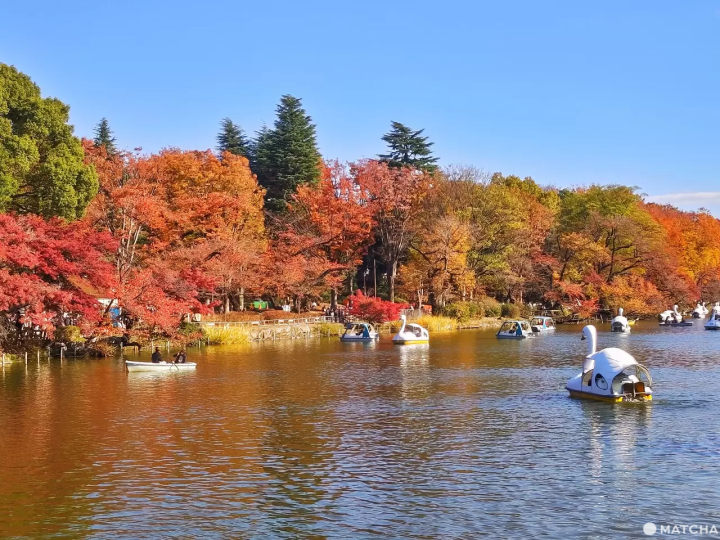
Spring and fall are the most popular times to visit, as the pond offers remarkable cherry blossom displays and alights with autumn foliage from November to December.
2. Take a Boat Ride
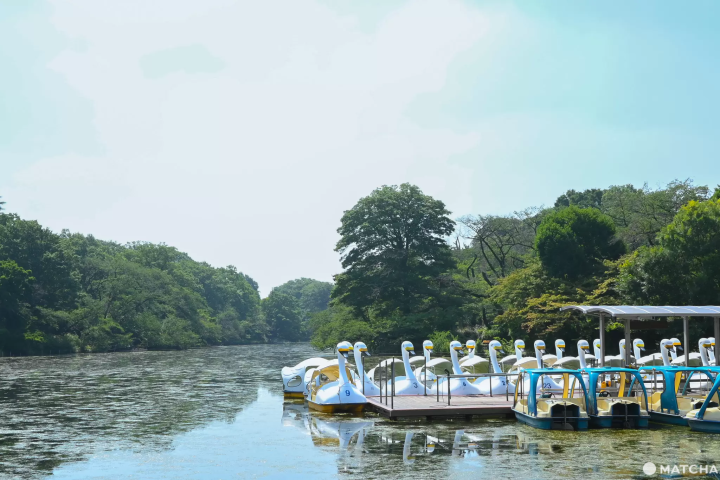
Inokashira Boat Rental which reopened in January 2024 after cleaning and renovations, offers three kinds of rental boats. The most charming are the swan boats, which have room for two adults and two children at maximum capacity. Simple row boats can carry up to three adults, and fun cycle-style boats two adults and a child.
Boats can be rented from the Inokashira Boat Dock from around 10:00 to 16:30 during most of the year, but operational times vary significantly.
Legend has it that couples who take the boats risk facing the jealous wrath of the goddess enshrined at the Benzaiten, Inokashira’s onsite temple. However, it’s just an urban myth. The spot is still a very popular date area.
Address: Tokyo, Mitaka, Inokashira 4 - 1
Fee per 30 minutes: Swan Boat 800 yen, Cycle Boat 700 yen, Row Boat 500 yen
Hours: 10:00 - 17:00 (changes seasonally) *closed on Wednesdays (seasonally)
↑ Return to the top of article.
3. Join Seasonal Celebrations: Cherry Blossom and Fall Foliage Viewing
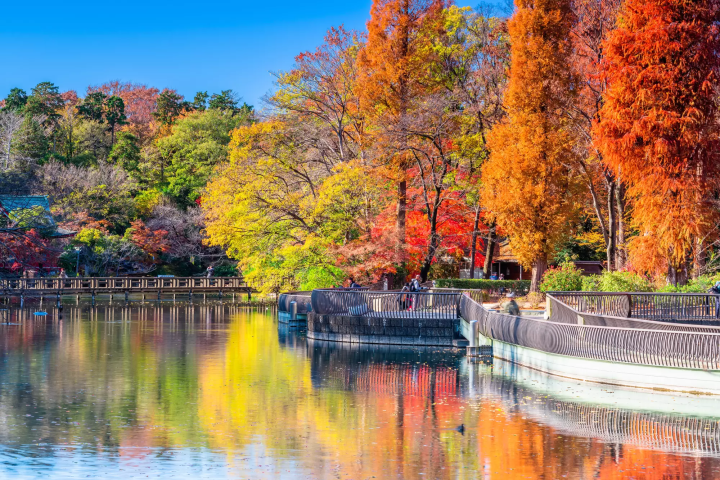
Photo by Pixta
Inokashira Park is one of the most famous cherry blossom viewing spots in Tokyo and one of the top one hundred picks in the country. Of the park’s 500-odd cherry trees, 200 sakura drape over the banks of Inokashira Pond and drop their faint pink petals into the water.
Lucky guests line up early to paddle swan boats in a sea of sakura petals and picnic under the trees. At night, the crowds disperse and couples can enjoy relaxing walks beneath illuminated blossoms.
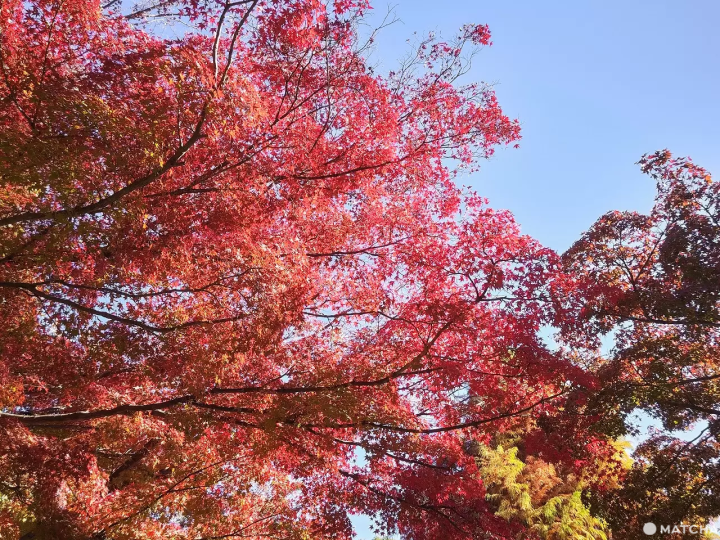
During late autumn, the park is set ablaze by its Japanese maples and other senescent trees. Hues of red, golden, and orange litter paths and catch the beauty of early sunsets. The park is filled with wildlife actively preparing for winter this time of year, making it a perfect time to keep an eye out for critters.
Read also
4. Visit the Ghibli Museum
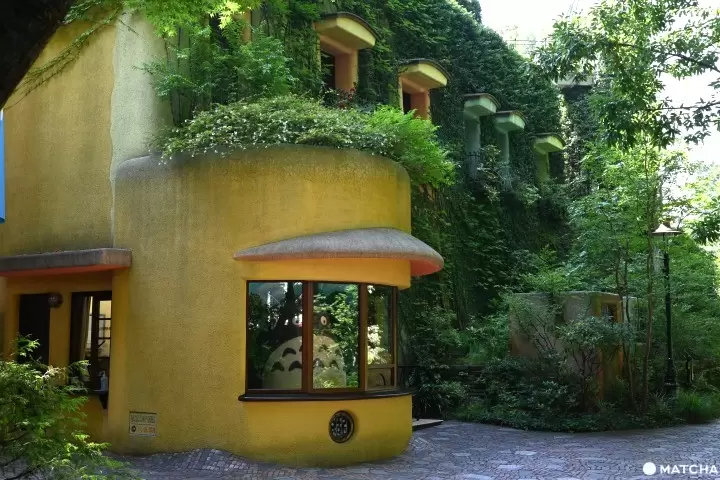
The Museo d’Arte Ghibli, also known as the Mitaka no Mori Ghibli Art Museum, is such an iconic piece of Inokashira Park that it has its own dedicated bus from Mitaka Station.
The Ghibli Museum hosts rotating exhibits of the studio’s art and films, as well as permanent spaces dedicated to the magic of animation. Although photographs aren’t allowed inside, the fairytale-esque facade and landscaped rooftop offer plenty of memorable photo ops.
There is a quick-service cafe onsite, as well as a Ghibli Studios merchandise shop, a bookstore, and a theater. The short films shown at the Saturn Theater change monthly and can’t be seen anywhere else!
Reserve tickets online the month before your visit or check for open slots at Lawson convenience stores.
Mitaka no Mori Ghibli Art Museum
Address: Tokyo, Mitaka, Shimorenjaku 1-1-83
Fee: adults 1,000 yen, middle and high school students 700 yen, elementary school students 400 yen, preschool 100 yen, infants free.
Hours: 10:00 - 18:00 *closed on Tuesdays, during the summer and fall break, and New Year Holidays
Hotels near Ghibli Museum, Mitaka
Read also
↑ Return to the top of article.
5. Visit Inokashira Benzaiten Temple
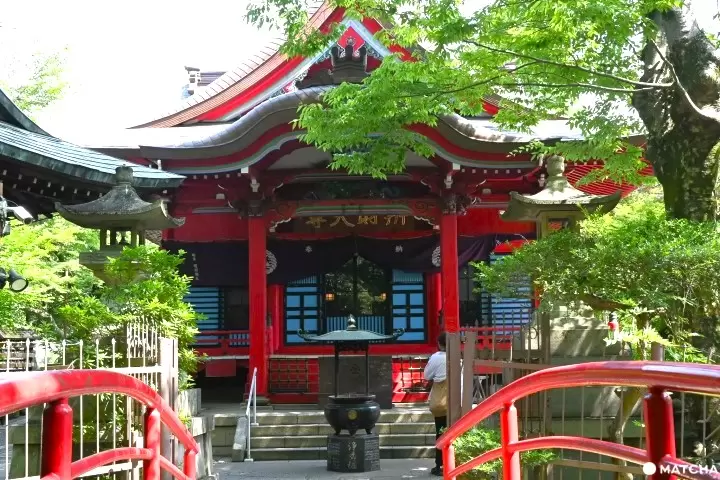
This temple is dedicated to Benzaiten, the female deity of water and music and one of the Seven Lucky Gods. Because Inokashira Pond has seven constantly flowing springs, it is an especially fitting site for her temple.
Benzaiten originated as the Hindu goddess Sarasvati and was later incorporated into Buddhism. Although she is popularly known and loved in Japan as one of the Seven Lucky Gods, Benzaiten — like other figures whose names end in “-ten” (for example, Bishamonten and Daikokuten) — is actually a Buddha of the Tenbu class. For that reason, Inokashira Benzaiten is a Buddhist temple, not a Shinto shrine.
Benzaiten is commonly shown holding a biwa (Japanese lute), but the main image at Inokashira Benzaiten is a seated, eight-armed statue; each arm holds a weapon (swords, bows and arrows, spears, etc.), emphasizing her great power.
Benzaiten will be shown to the public in 2025
The statue worshipped at this temple is a hibutsu — a “hidden” Buddha that is revealed to the public only a few days during the Year of the Snake, which occurs every 12 years.
In 2025, the Inokashira Benzaiten hibutsu will be shown for just two days: Saturday, April 12, and Sunday, April 13, from 8:00 to 16:00 on both days. Admission is free.
When praying, do not clap your hands. Instead, join your hands silently, calmly recite the mantra, and make your wish in your heart. This practice — known as the “three secrets of body, word, and mind” — is said to help communicate with the Buddha.
Legend says couples visiting Inokashira Park should beware the goddess’s jealousy: those who visit on dates may be fated to break up. As a gesture of gratitude (and perhaps good luck), many visitors drop a 5-yen coin into her donation box before crossing the bridge.
Read also
6. Visit Inokashira Park Zoo
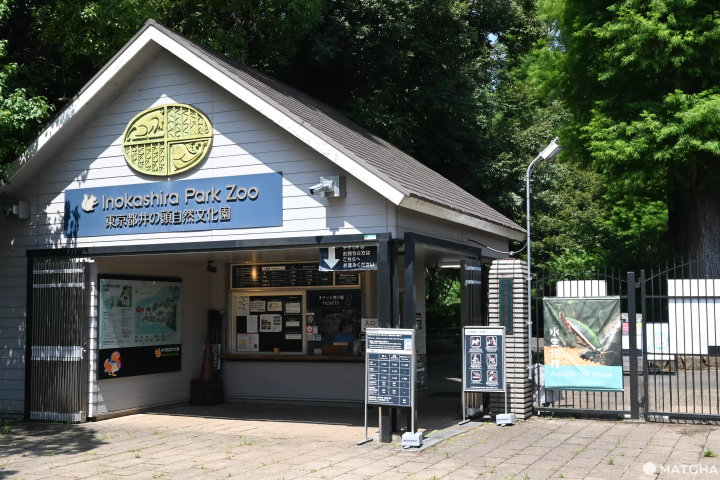
The Inokashira Park Zoo is small but well-kept and delights visitors with up-close views of many of Japan’s rare and indigenous animals. Visitors from the west will be charmed by the quaint squirrel habitat and water bird exhibits.
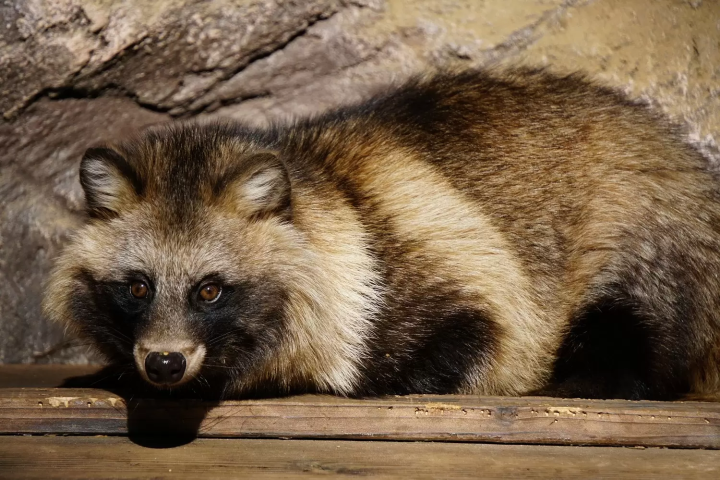
Photo by Pixta
Animals such as wild boar, serow, and tanuki, which make their homes in the mountains of Japan, can be seen at the zoo. Admission is inexpensive, and the zoo has an aviary, aquatic life house, and petting zone that make it perfect for families.
The zoo also has a boardwalk zone where guests are encouraged to look for animals that are local to Inokashira Park and Western Tokyo. The park is well known for its excellent birding, and bug-watching is fun during the summer. Reserve tickets online through the zoo website.
Inokashira Park Zoo
Address: Tokyo, Musashino, Gotenyama 1-17-6
Entry fee: Free for elementary school students and younger, 150 yen for junior high school students (free for junior high school students in Tokyo), 400 yen high school students and above, 200 yen for ages 65 and older.
Hours: 9:30 - 17:00 (Last entry by 16:00)
*closed on Mondays, or Tuesdays when Monday is a holiday
ss↑ Return to the top of article.
7. Shopping Near Inokashira Park
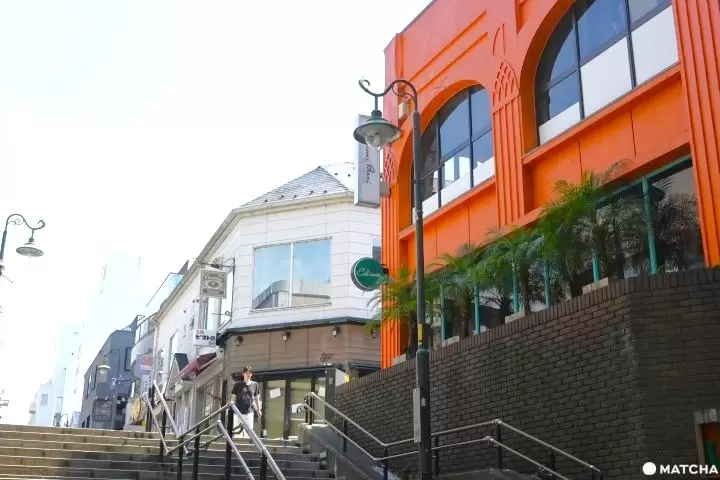
Fans of retro fashion will love the many used goods stores nearby, like Caliente, Amber Lion, No Time, and Safari.
Caliente focuses on vintage goods from the U.S., Canada, and Mexico, exclusively stocking clothing and knick-knacks from 20 years ago or older. Overseas guests are sure to find a piece of nostalgia worth taking home and gain insight into current Japanese fashion trends.
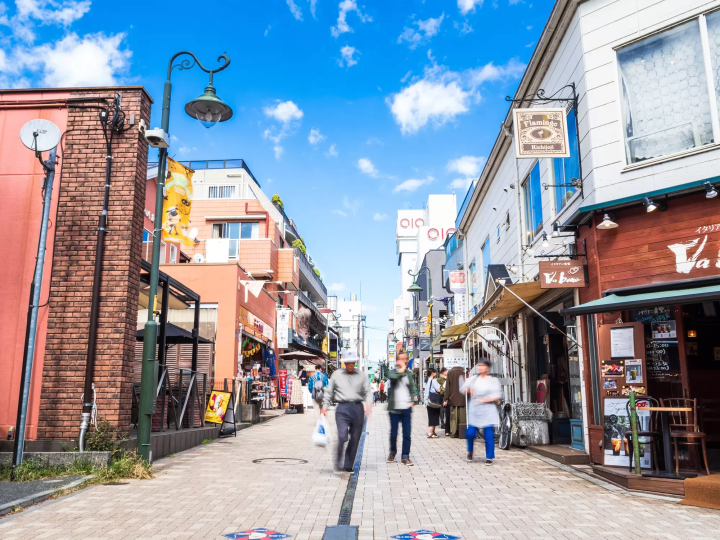
Photo by Pixta
Mugendo, or Ganso Nakaya Mugendo, is located a few shops down. It is the spot for boho lifestyle goods, quirky leather crafts, and tie-dye outfits. The shop offers a great selection of handmade goods.
8. Play Some Sports
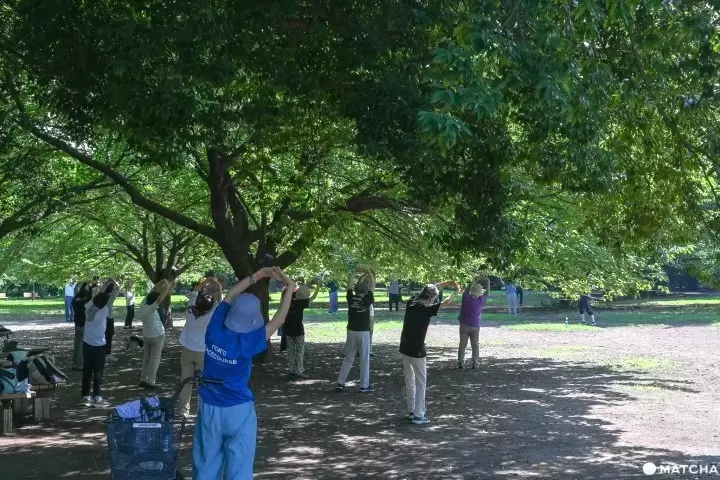
Inokashira Park is home to tennis courts, a sports field with a gravel track, and several exercise equipment areas and playgrounds. Joggers and bikers can be seen from the crack of dawn and community volunteers organize morning radio taiso (radio calisthenics).
The radio taiso gatherings are brief sessions of stretching and light exercise that have been commonplace in Japanese schools and offices for decades. Meant to promote flexibility, circulation, and general well-being, these sessions are very popular, especially with local elderly people. It’s simple to take part; just join in the circle and follow the crowd!
↑ Return to the top of article.
9. Dining Near Inokashira Park

Picture courtesy of PR Times
On the Kichijoji side of the park, cafes and restaurants line the streets from Inokashira Park to Kichijoji Station. Guests will find breakfast options at Sarutahiko Coffee, Starbucks, or Sunday Vegan donut shop.
Near the Bunka-en Mae bus stop, where visitors will alight when coming by bus, Mocmo gluten-free sandwiches is a good option for a light meal.
There are several cafes and quick-service options inside the park as well. For Italian food, Isentei covers one end of the pond, while Sopra handles the other.
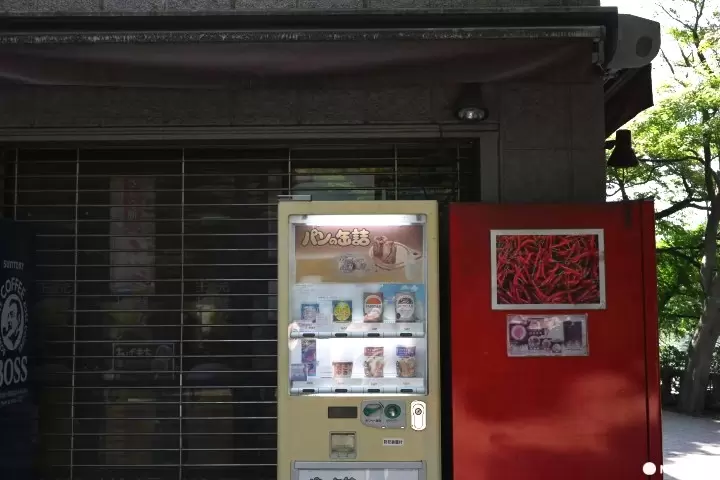
Visit Cafe du Lievre (Bunny House) for garden-inspired French from brunch to early evening. Blue Sky Coffee and vegan-friendly Inoka handle coffee and snacks, while Meisuitei and the unique vending machines around the park selling canned snacks, bread, and drinks provide a dose of Japanese nostalgia.
Yakitori restaurant Iseya
Started as a butcher in 1928, and later started selling yakitori, Iseya is located on Nanaibashi street just outside of Inokashira Park. All yakitori are carefully grilled skewer by skewer on charcoal in the restaurant. There are over 10 types of yakitori on the menu including tsukune meatball, bonjiri chicken tail, liver, chicken skin, green onion, and are grilled with a choice of salt or sauce. Take out possible as well as eating inside the store.
Hours: 12:00-22:00 *Closed: Monday
Reservation: possible for 10 people or more, course only
Address: Tokyo, Musashino-shi, Minamicho, Kichijoji, 1-15-8
Blue Sky Coffee
A take-out coffee shop located near Inokashira Pond (boat pond) in Inokashira Park. The menu includes home-roasted coffee, cafe latte, cream latte, banana milkshake, and seasonal drinks. The cat-shaped donuts are also popular.
Address: Tokyo, Mitaka-shi, Inokashira Park, 4-1-1
Hours: 10:00-18:00 *Closed on Wednesdays (in case of bad weather such as typhoons, please check on X), Closed during cherry blossom viewing season.
10. Attend Events
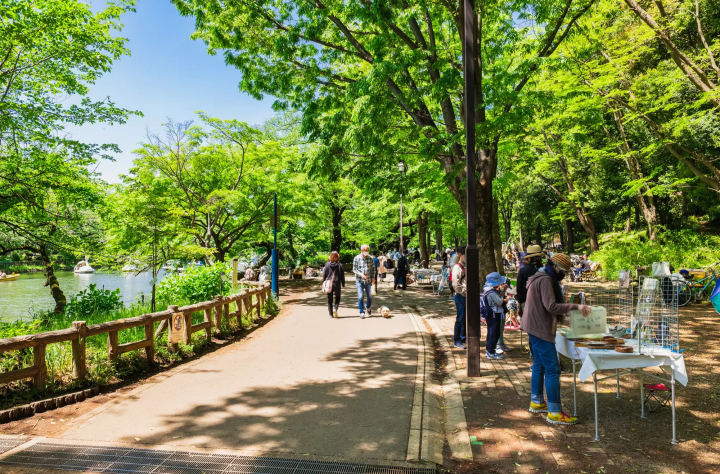
Photo by Pixta
In addition to the natural beauty of the park during spring and autumn, a series of community festivals and events draw crowds throughout the year.
The Kichijoji Music Festival in early summer partially takes place in Inokashira Park and features more than just live performances. Its HAVE A GOOD MARKET tie-up event brings food trucks, family-friendly workshops, and goods vendors to the park.
For a few weekends during the summer, Inokashira ART MRT (“Art-mart”) invites visitors to support local artisans and small businesses selling jewelry and crafts.
In September, the Mitaka International Exchange Festival invites the people of Western Tokyo to show off their international roots. Booths from South and Central America, South Asia, and Europe sell traditional foods and participate in cultural activities. You can check the latest events on the official website of Kichijoji (Japanese).
How to Get To Inokashira Park
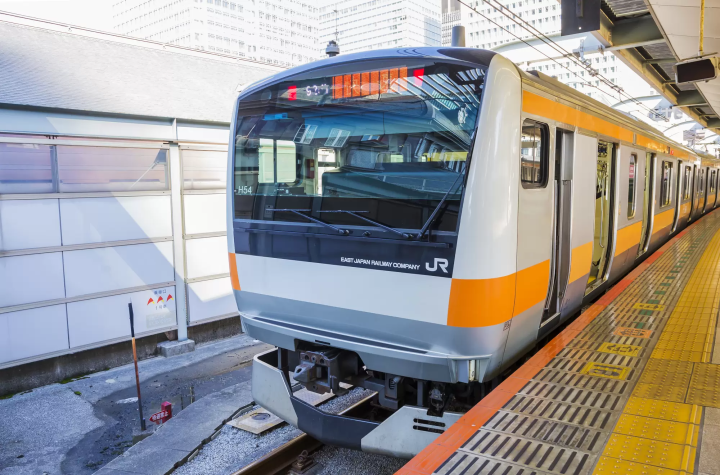
Photo by Pixta
From Shinjuku Station or Tokyo Station
Take the JR Chuo or Sobu line towards Takao or Mitaka. Get off at Kichijoji Station and walk 10-15 minutes to the park or take bus number 吉01, 吉03, 吉02, 吉04 or 吉14 for Inokashira Bunka-en (Bunka-en Mae).
Visitors headed for the Ghibli Museum are recommended to ride one more stop to Mitaka Station and take the decorative Ghibli Museum Loop bus for 240 yen from Mitaka Station’s South exit.
From Shibuya Station
Board the Keio Inokashira Line connected to the Shibuya Mark City shopping complex and ride to the last stop, Kichijoji. Then, walk directly to the park (10-15 minutes) or take or take bus number 吉01, 吉03, 吉02, 吉04, or 吉14 for Inokashira Bunka-en (Bunka-en Mae).
↑ Return to the top of article.
Enjoy Exploring Inokashira Park
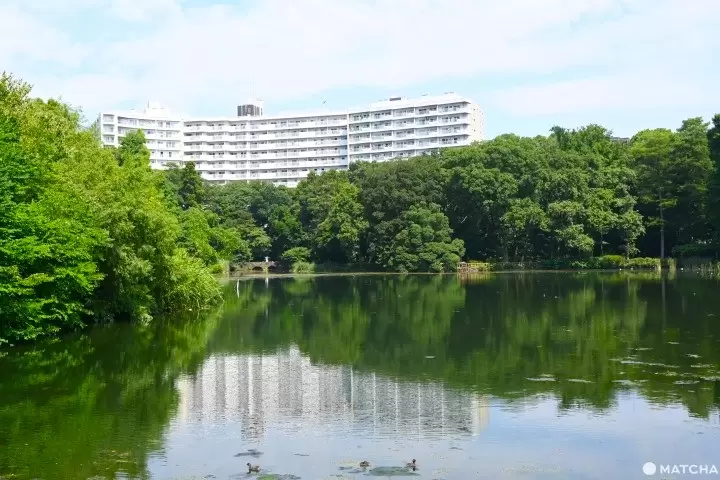
Inokashira Park links Mitaka City and Kichijoji with wide green spaces, ponds, and cultural attractions. It’s enjoyable at any time of day and throughout the seasons, making it a place worth returning to again and again.
After exploring the park, visit Mitaka’s relaxed suburbs to see its surprising architecture, then head to Kichijoji’s lively streets for shopping and dining. It’s easy to see why this area is one of Tokyo’s most desirable neighborhoods.
Read also
Main image by Pixta







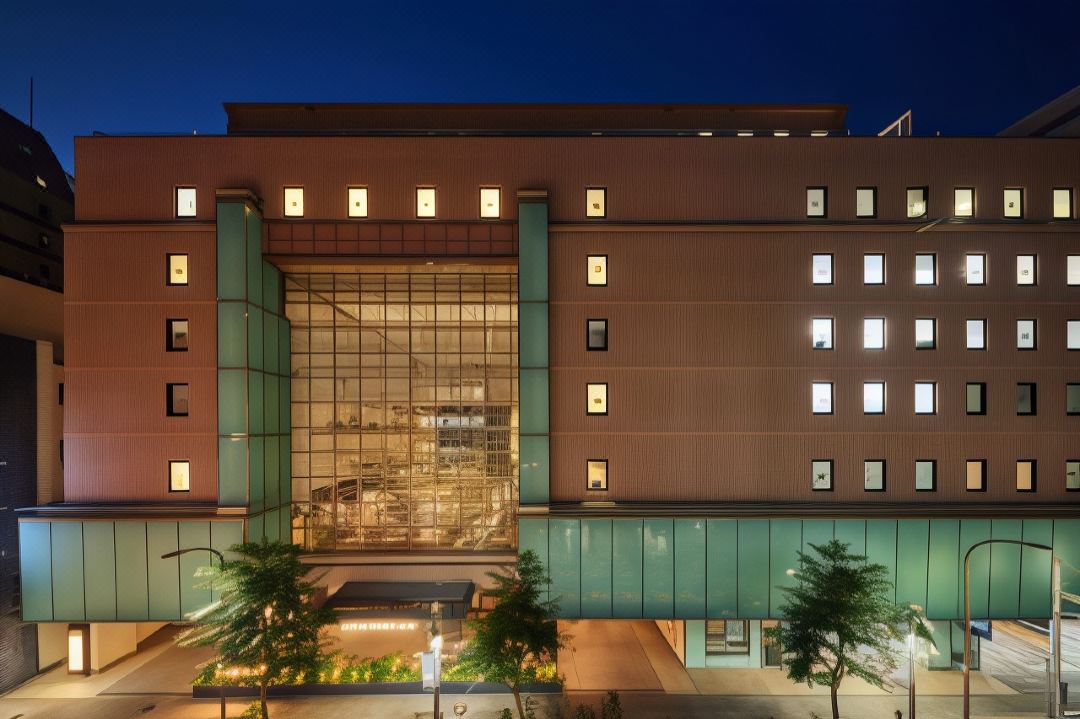

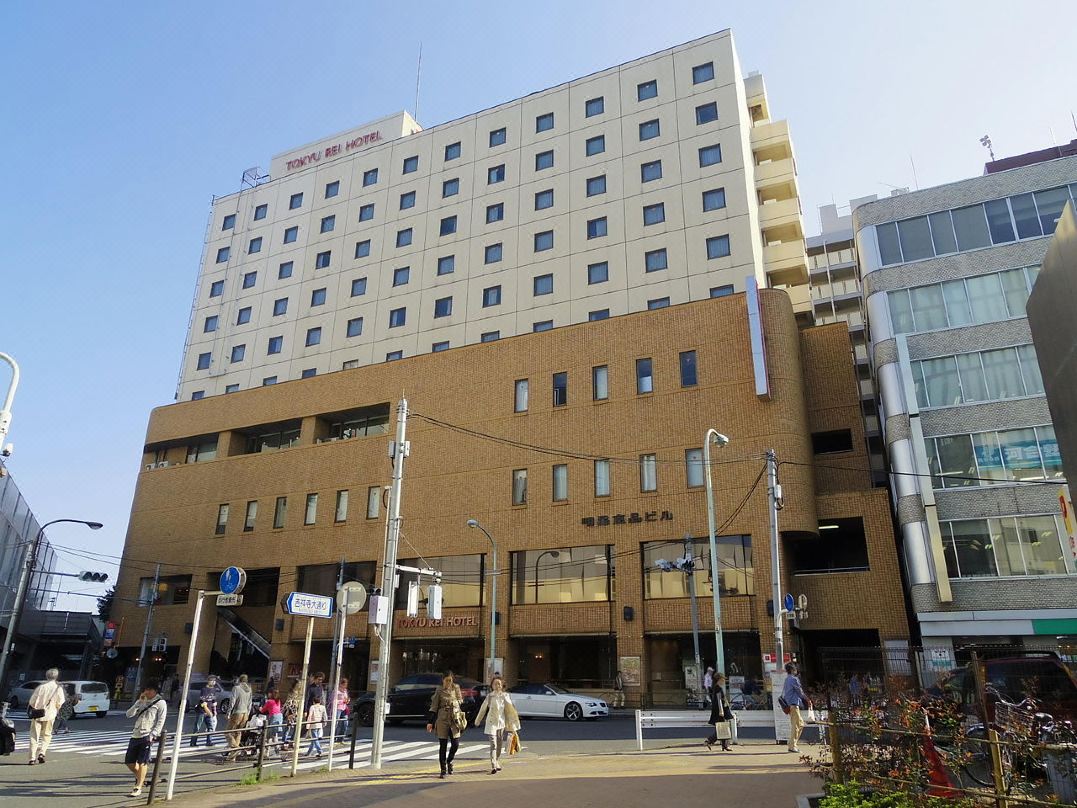






































![[2026] Top 5 Strawberry Picking Spots in Tokushima, Naruto| Farms and Access Guide for January to May](https://resources.matcha-jp.com/resize/720x2000/2025/03/06-227165.webp)
![[Yamanashi/ Hokuto City] 4 Hot New Spots Opening in 2026](https://resources.matcha-jp.com/resize/720x2000/2025/12/12-252747.webp)


